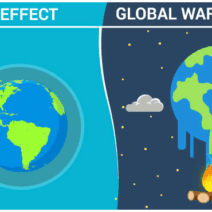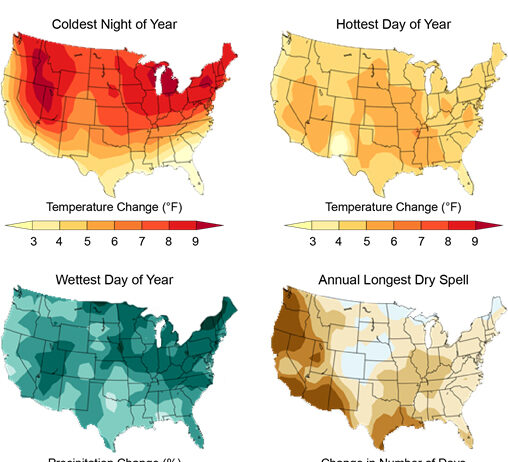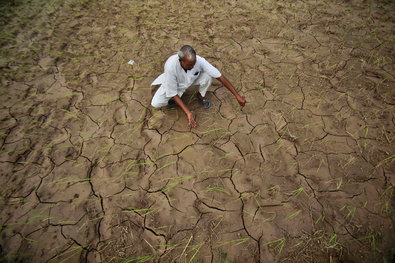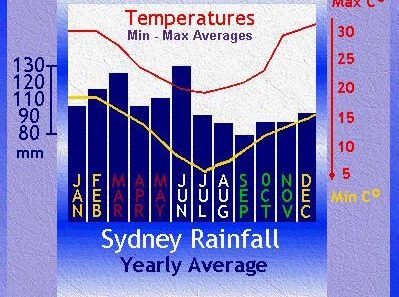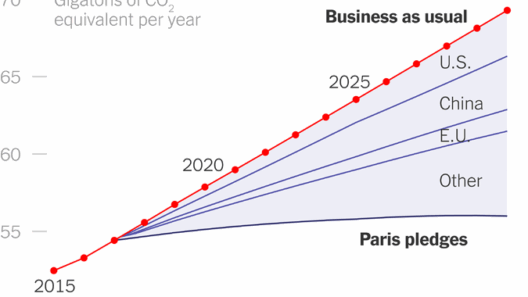How are humans affected by climate change? This question seems deceptively simple, yet it leads us into a complex web of interrelationships between heat, health, and housing. As global temperatures rise, we must confront the implications of this phenomenon on human health, particularly through extreme heat events, and exacerbated housing crises. Do we ever stop to consider how our cozy homes may turn into sweltering traps during heat waves? The challenge is to envision a future where our living conditions are incompatible with the temperatures outside.
Climate change heralds a shift in environmental patterns, with rising heat levels being one of the most direct impacts. With the Intergovernmental Panel on Climate Change (IPCC) projecting an increase in global average temperatures of 1.5 degrees Celsius or more by the end of the century, it’s imperative to acknowledge the adverse effects this has on human health. Increased temperatures do not merely create discomfort; they pose serious health risks, particularly for vulnerable populations such as the elderly, children, and those already suffering from pre-existing health conditions.
At temperatures above 90°F (32°C), physiological mechanisms in our bodies begin to falter. Heat-related illnesses, ranging from mild heat exhaustion to life-threatening heat strokes, become more prevalent. Our ability to thermoregulate diminishes, leading to elevated heart rates, dehydration, and potentially, organ failure. Undoubtedly, the physical manifestations of heat stress demand immediate attention, but the psychological ramifications are equally significant. The psychological effects of excessive heat can exacerbate mental health conditions, leading to increased rates of anxiety, depression, and other mood disorders.
Consider this: how will public health systems adapt to a future in which heat-related illnesses skyrocket? Many hospitals and healthcare facilities are already stretched thin, providing essential care services. The likelihood of heat waves becoming more frequent and severe forces us to imagine how emergency rooms will handle the influx of patients suffering from heat-related conditions. The convergence of heat stress and healthcare accessibility creates a paradox: without adequate resources and infrastructure, the most marginalized will disproportionately endure the consequences.
Housing conditions further compound this dilemma. With the increasing incidence of extreme heat, many homes—especially those in urban areas—become untenable. In densely populated cities, so-called “urban heat islands” exacerbate the situation, where built environments absorb and re-radiate heat, leading to higher temperatures than surrounding rural areas. This phenomenon creates a dire challenge for residents without access to air conditioning or adequate ventilation, pushing individuals into dangerous situations that risk their health.
Moreover, climate change-induced extreme weather events complicate housing issues. Hurricanes, floods, and wildfires can destroy homes, leaving individuals displaced and struggling to find safe shelter. The intersecting forces of climate-related displacement and housing market volatility can create significant barriers for low-income families seeking refuge from rising temperatures. Herein lies a significant question: how can we ensure equitable access to safe and affordable housing in an era marked by climate turmoil?
Urban planning and policy must evolve to furnish adequate housing solutions, particularly in the challenged landscapes that urban settings present. Retrofitting homes for better temperature regulation through improved insulation, green roof technology, and energy-efficient cooling systems could provide respite from sweltering conditions. However, low-income neighborhoods often lack the funds to implement such changes. The disparity in access to resources underscores an inequitable landscape where climate change continues to compound existing socioeconomic divides.
Furthermore, community resiliency is integral in confronting these challenges. Neighborhoods can mobilize to advocate for green spaces that mitigate heat by raising awareness of the importance of parks and tree canopies. These green areas offer more than mere recreational benefits; they can serve as vital cooling spaces during extreme heat events. Local governments need to prioritize initiatives that promote environmental justice, ensuring marginalized communities have representation in crisis discussions.
On an individual level, community-driven efforts to monitor and report heat-related health impacts can bolster public health responses. Systems that empower residents to communicate their needs can lead to improved health infrastructure, ensuring those who suffer from chronic conditions receive timely interventions during heat waves. Building networks that include healthcare professionals, community leaders, and residents can foster resilience and adaptability in the face of a changing climate.
The intersection of climate change, heat health, and housing poses a serious challenge that cannot be ignored. Our collective future depends on addressing the vulnerabilities that arise as heat levels rise, especially for populations already marginalized. Engaging in multidisciplinary collaborations can facilitate innovative approaches to diminish risks associated with extreme heat. Perhaps the most pressing question we face is: are we prepared to adapt to the shifting realities of climate change, or will we allow the impacts to dictate our fate? One thing is clear: the time to act is now. We must ensure that our communities become fortresses against the merciless challenge of climate change.


